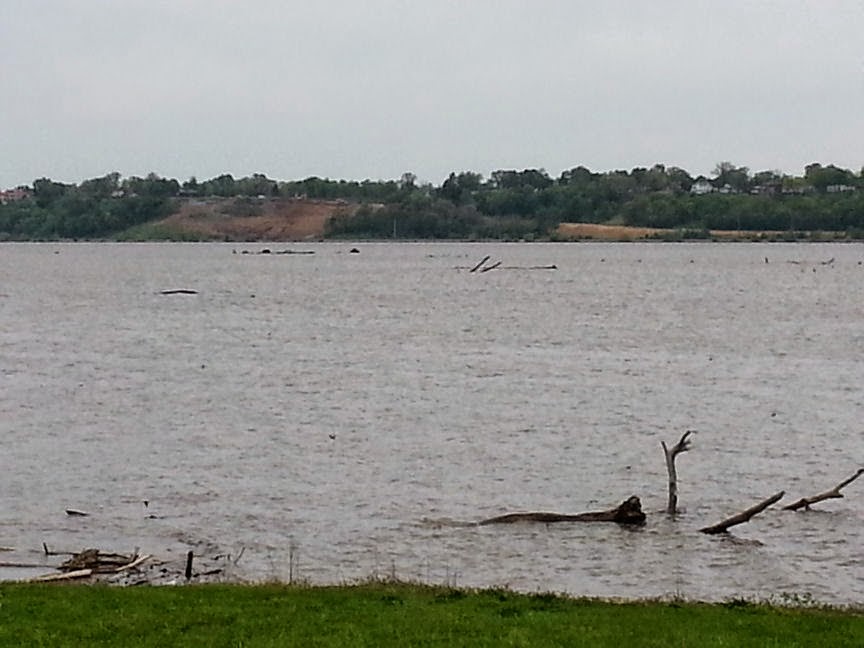May 14, 2014
This past week has been full of wagon and carriage rides, since the weather was a little warmer than it was earlier. In fact, the temperature was in the high 70s and low 80s most of the week.
The Carriage Depot, where visitors load onto a carriage that takes them out through the countryside in the north end of Old Nauvoo. During the carriage ride, the teamsters explain about several of the saints who lived in Old Nauvoo, such as Porter Rockwell, King Follet, Dan Jones, and others.
The Wagon Depot, where visitors are able to have narrated tours through the streets of Nauvoo. Many of the homes and businesses of prominent members of the Church are highlighted.
Often after a ride, the guests often want to pet the horses and, if possible, get their picture taken with them.
On the carriage ride, we point out that the land here in Nauvoo is made up of layers of limestone and clay, which doesn't allow the ground to drain very well. Hence, the swampy condition of the flat land when the saints arrived in 1839. In order to drain the water and make the land habitable, the saints dug canals on the south and north ends of town to carry the water down to the Mississippi River. They also dug a network of ditches to convey the water into the canals.
This is a culvert through which Joseph's Creek--one of the canals--runs. You can see how the land was layered with limestone and clay.
This is Stone Arch Bridge through which the water from the south end of town drains into the river.
The Mississippi River really isn't this wide. In 1913 a dam was built across the Mississippi River at Keokuk, Iowa, which is about 20-25 miles down stream from Nauvoo. The dam backed up the river and formed Lake Cooper, named after the man who designed the dam, Hugh L. Cooper.
The dam caused the water level to rise about 18-20 feet, causing the water to spill over its banks and form the lake. The Mississippi River runs through Lake Cooper, and buoys mark the channel of the river so that boats and barges can float up or down the river without getting stuck.
If the boats don't stay in the marked channel, they will definitely get hung up in the shallow water. The drift wood in this picture is not floating, it's stuck in the mud.
When the river rose because of the dam, it filled in the quarry where limestone was quarried for the walls of the original Nauvoo Temple. This is what that quarry looks like now.
At the quarry site is this replica of one of the sunstones from the original temple.
Last Friday and Saturday, one of the local wards here in Nauvoo reenacted the moving of the Saints from Quincy, Illinois, to Nauvoo. They invited us missionaries to join in the celebration with them. Jan and I went to their Friday evening dinner and program.
Elder George Durrant and his (fairly) new wife, Susan Easton Black Durrant, were part of the program Friday evening. He is always entertaining!
Also on the program was this quaint little string band. Their music was representative of the music during the time the saints were in Nauvoo.
Today was our prep-day, so we did some necessary chores, like our washing and shopping, and then we spent a good share of the afternoon weeding around our apartment and planting some flowers. I'm sure we have the most weed-free place in town now!
Not fun, but it needed to be done!
We hope you have a great week.













I don't believe you when you say you had no fun planting your flowers. Glad the weather has warmed up for you. Sounds like you're learning some cool things about Nauvoo.
ReplyDeleteGeorge Durrant and Susan Easton Black?? How did that ward book them?? Lucky...!
ReplyDeleteAnd you look waaaaaaay too pleased about the weed-free flower beds for me to believe you didn't like it. Please.